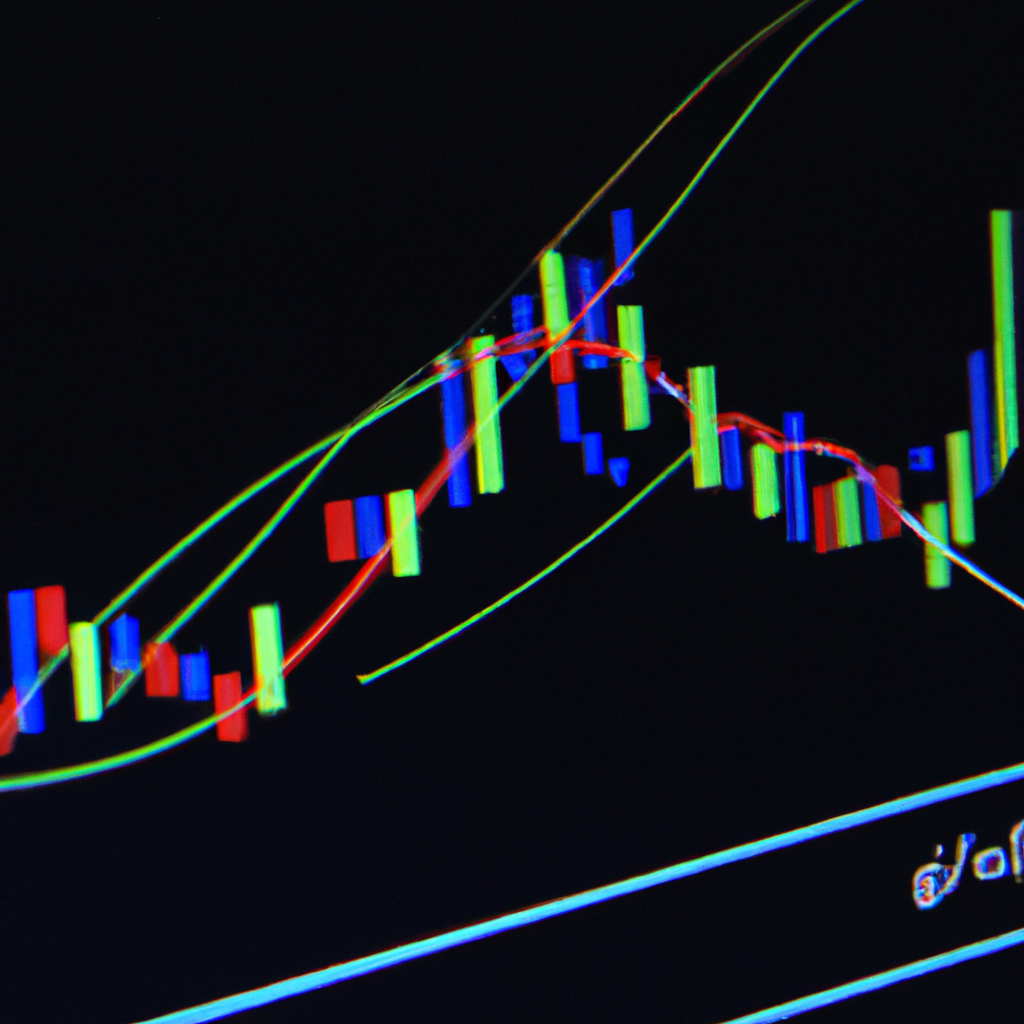
Trading with MACD Crossovers: A Powerful Technical Indicator
The Moving Average Convergence Divergence (MACD) is a widely used technical indicator that helps traders identify potential buy and sell signals in the financial markets. One of the most popular strategies employed by traders is trading with MACD crossovers. This article will provide a step-by-step guide on how to effectively trade with MACD crossovers.
Understanding MACD
Before diving into the trading strategy, it is essential to understand the basic concept of MACD. MACD consists of three components:
- MACD Line (the fast line): This line is calculated by subtracting the 26-day Exponential Moving Average (EMA) from the 12-day EMA.
- Signal Line (the slow line): This line is a 9-day EMA of the MACD Line.
- MACD Histogram: This represents the difference between the MACD Line and the Signal Line.
Identifying MACD Crossovers
MACD crossovers occur when the MACD Line crosses above or below the Signal Line. These crossovers provide traders with potential buy or sell signals. There are two types of MACD crossovers:
- Bullish Crossover: This occurs when the MACD Line crosses above the Signal Line, indicating a possible uptrend and a buying opportunity.
- Bearish Crossover: This occurs when the MACD Line crosses below the Signal Line, indicating a possible downtrend and a selling opportunity.
Trading Strategy with MACD Crossovers
Here is a step-by-step guide on how to trade with MACD crossovers:
- Identify the trend: Before considering any MACD crossover, it is crucial to determine the overall trend in the market. This can be done by analyzing price action, support and resistance levels, or other technical indicators.
- Wait for a valid crossover: Once the trend is established, patiently wait for a valid MACD crossover. A bullish crossover should only be considered in an uptrend, while a bearish crossover should only be considered in a downtrend.
- Confirm with other indicators: While MACD crossovers can be reliable, it is always recommended to confirm the signal with other technical indicators or chart patterns. This helps reduce false signals and increases the probability of successful trades.
- Enter the trade: After confirming the MACD crossover, enter the trade in the direction of the crossover. This can be done by buying when a bullish crossover occurs or selling when a bearish crossover occurs.
- Set stop-loss and take-profit levels: To manage risk, it is crucial to set appropriate stop-loss and take-profit levels. Stop-loss orders help limit potential losses if the trade goes against you, while take-profit orders help secure profits when the trade moves in your favor.
- Monitor the trade: Once the trade is executed, continuously monitor the price action and the MACD indicator. Consider adjusting the stop-loss or take-profit levels as the trade progresses.
- Exit the trade: Finally, exit the trade when the MACD indicator suggests a potential reversal or when the predetermined take-profit level is reached. It is important not to be greedy and to stick to the trading plan.
Conclusion
Trading with MACD crossovers can be an effective strategy for identifying potential buying and selling opportunities in the financial markets. However, it is essential to remember that no trading strategy is foolproof, and risk management is crucial. By understanding the MACD indicator, identifying crossovers, and following a disciplined approach, traders can enhance their chances of success in the markets.





